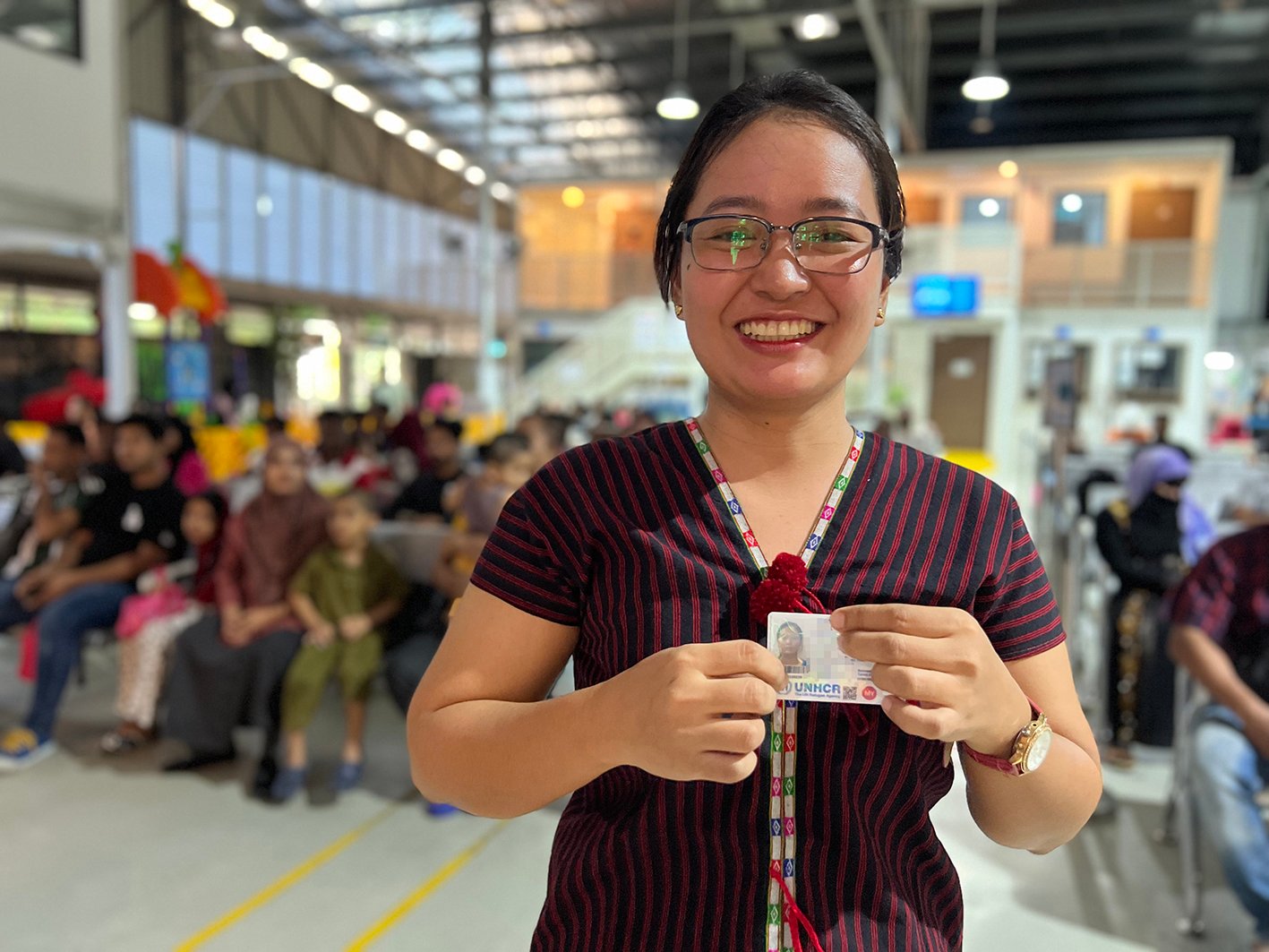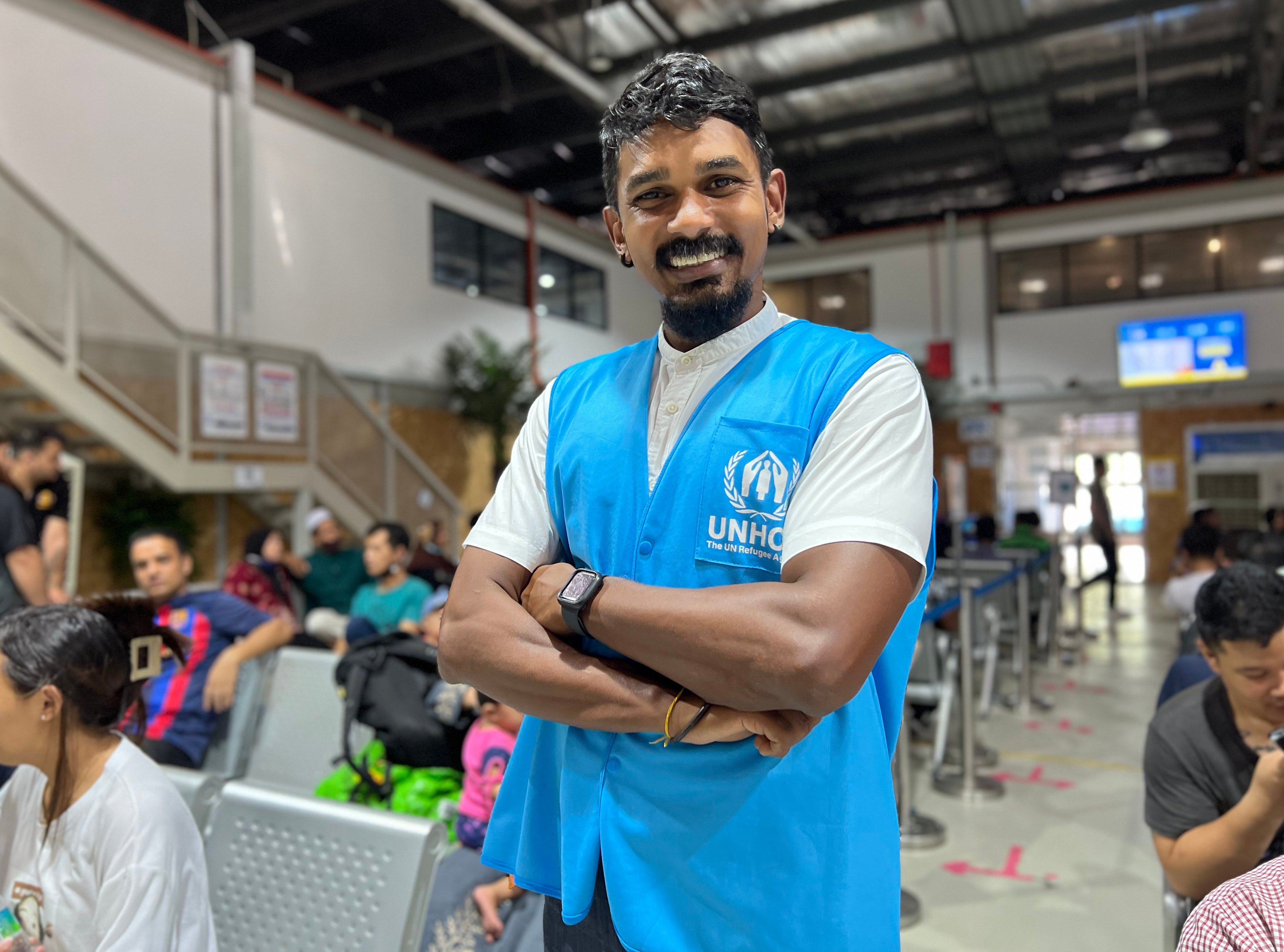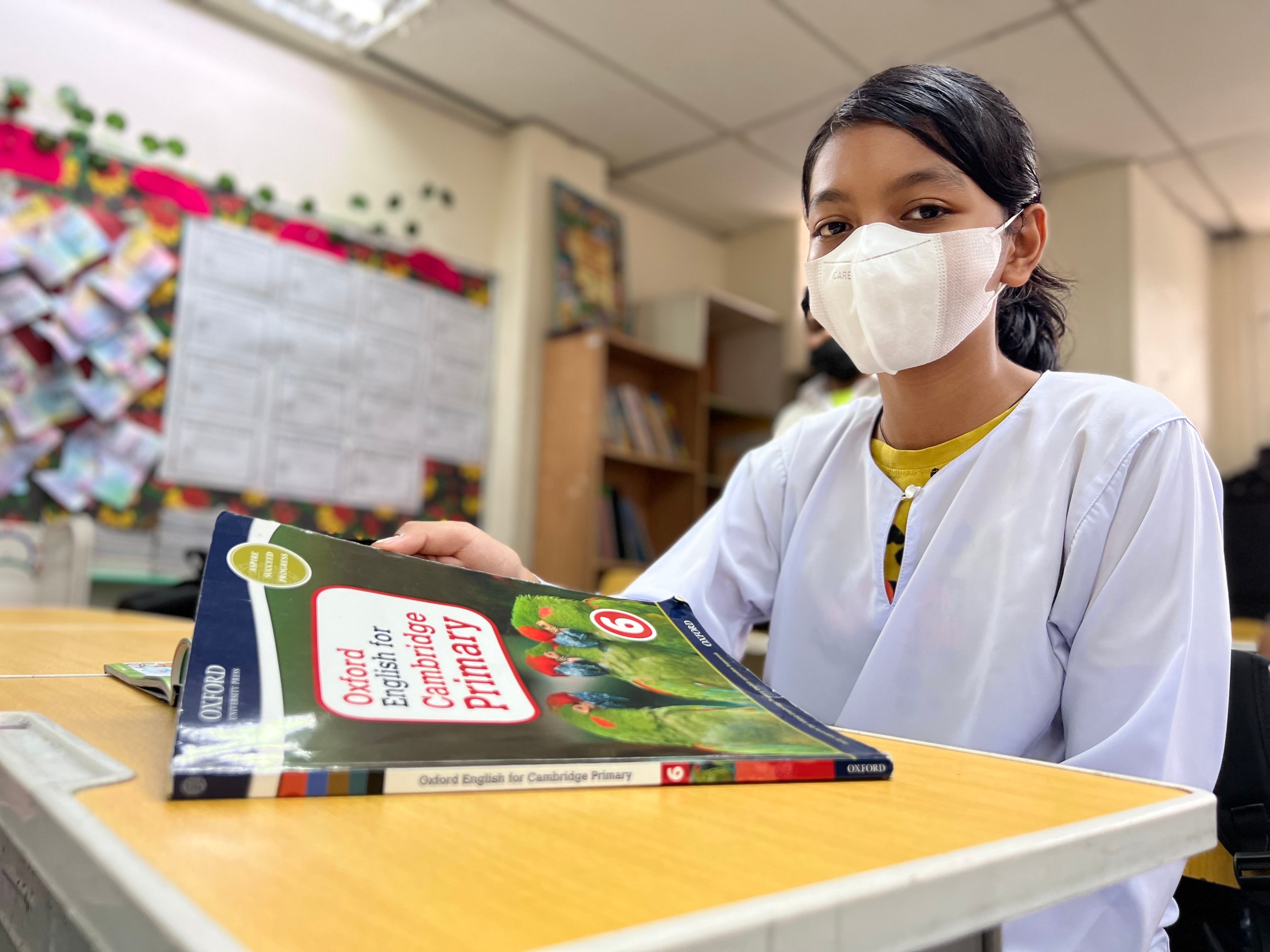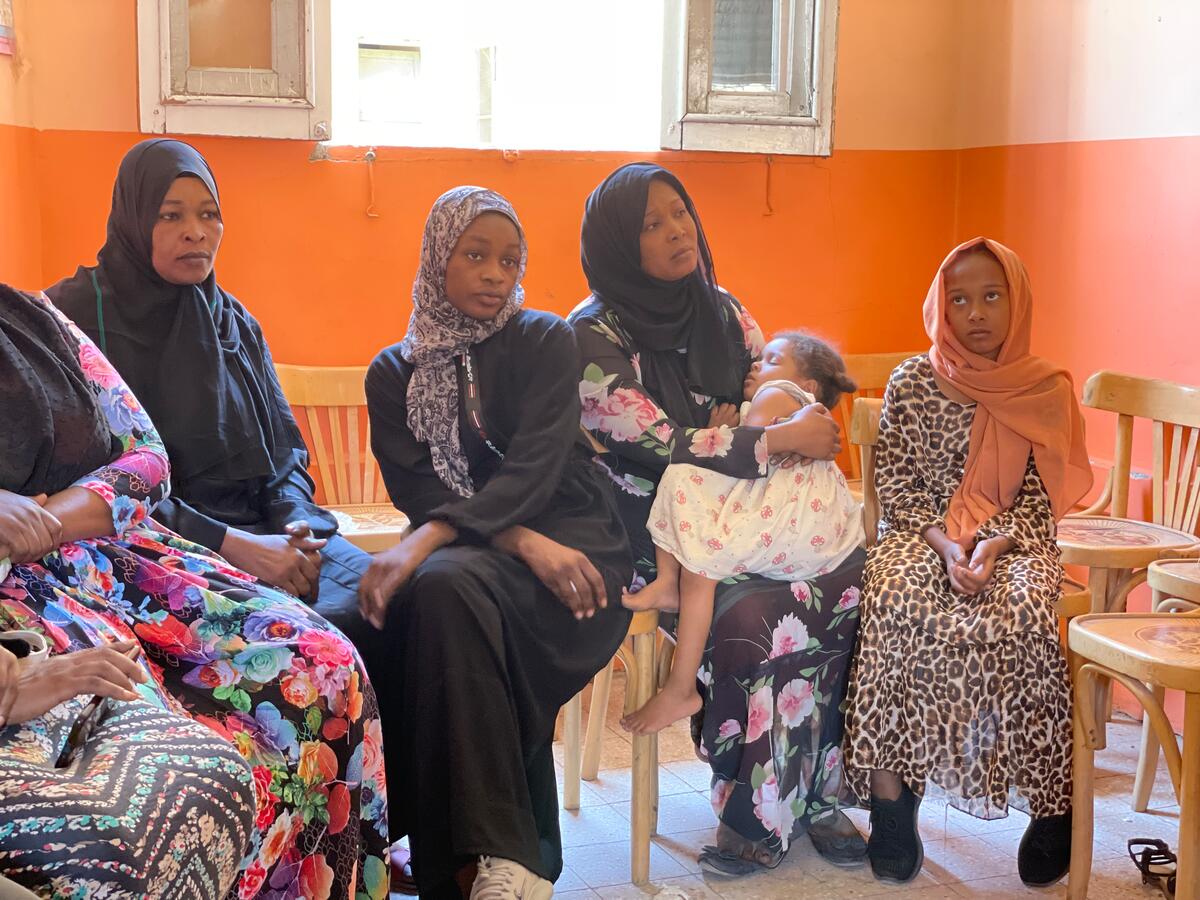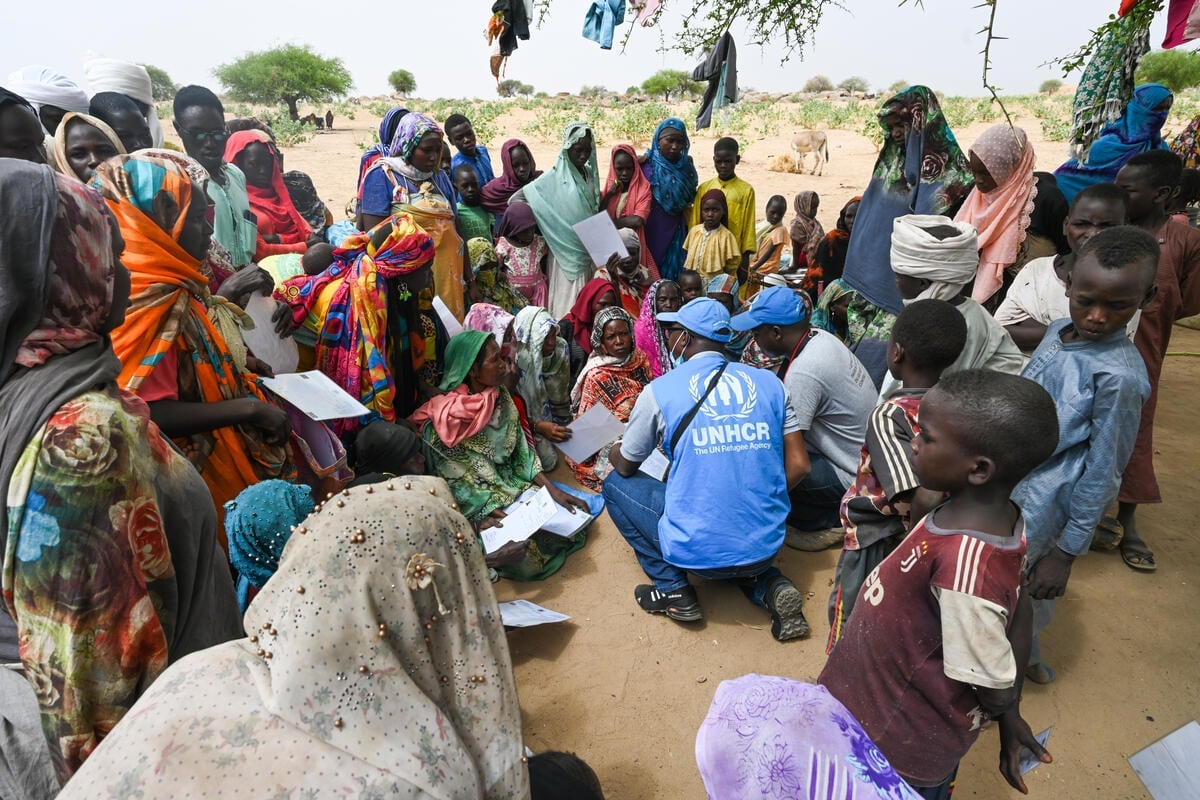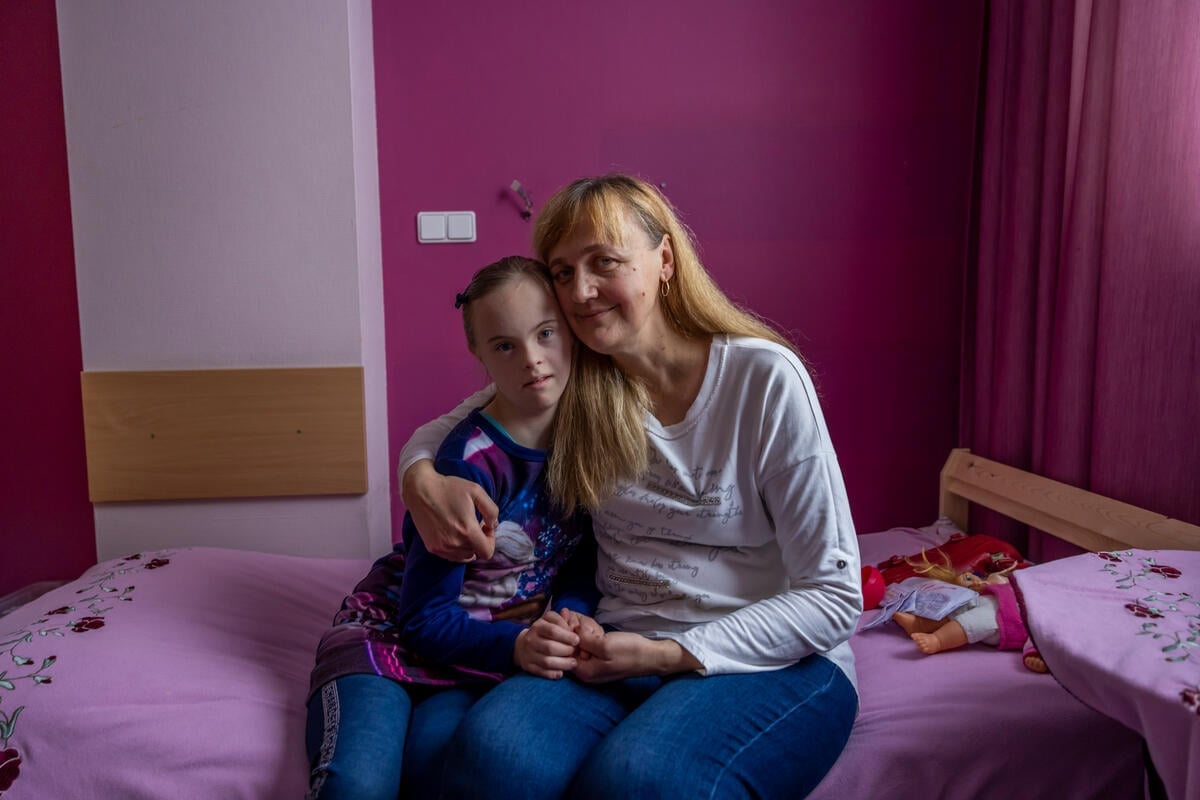Finding Refuge in Art
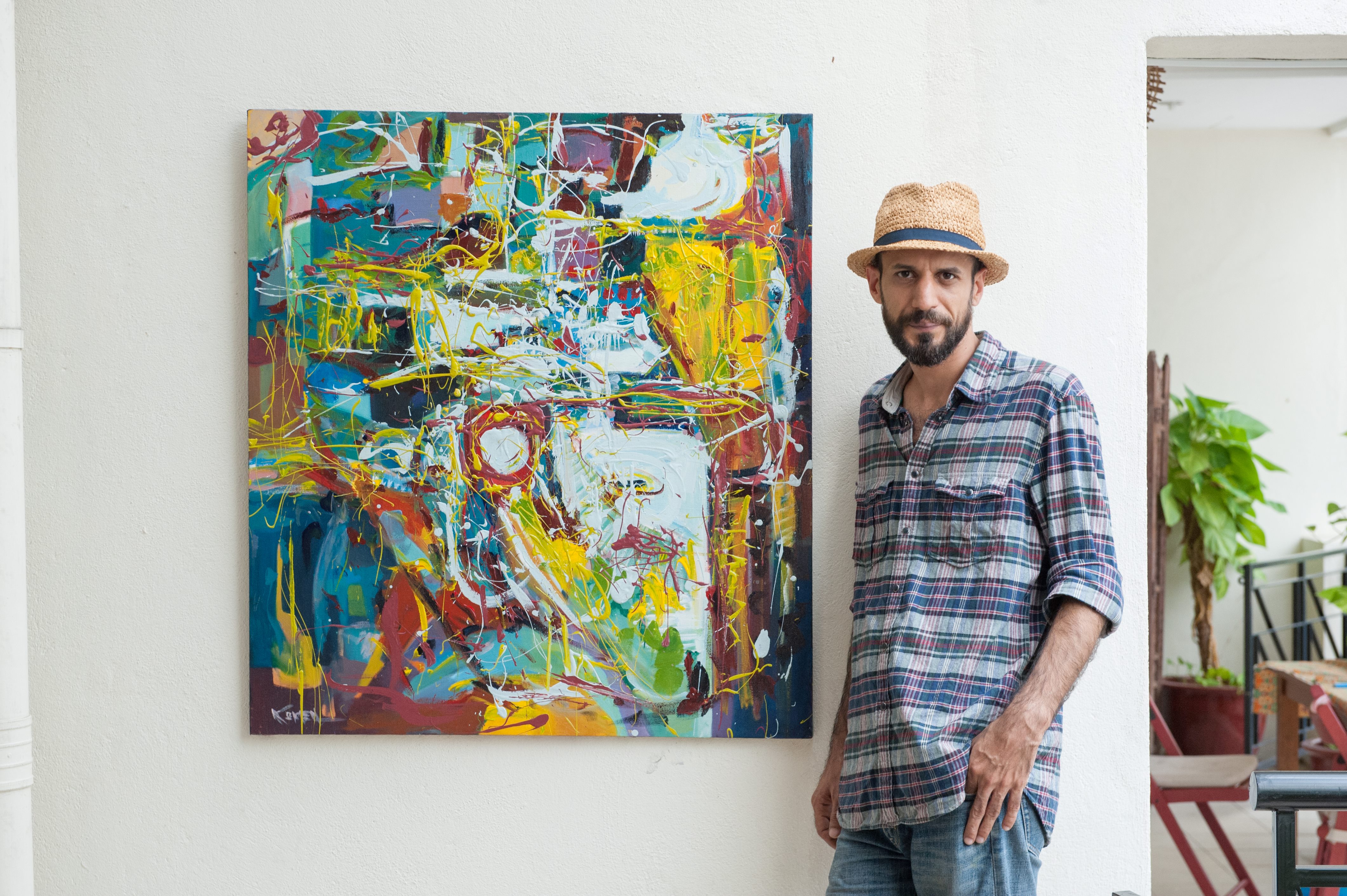
Finding Refuge in Art
Komeil Zarin became an asylum seeker when he fled Iran and sought refuge in Malaysia in 2011. He had to contend with the difficulties of settling in a strange country but the struggle that most occupies Komeil is the quest to claim his artistry.
“I have this identity as a refugee and an asylum-seeker. But I also have this identity as an artist - that has its own journey, its own path.
“I have been walking that path … sometimes even trying to not look at the reality. I try to not lose sight of that path because that’s more important for me,” shared Komeil.
Komeil didn’t paint in his early days in Malaysia. He didn’t have the space - physically or mentally, because he had “other struggles”.
In those days, Komeil took on jobs for the sake of subsistence. But as the months went by, he also recognised that art was really the only thing he could do.
Komeil practically grew up in his painter father’s studio, painting since he was five. He recalls always sketching and drawing. By the time he was 13, Komeil had honed his skills to land a full-time job as an animator at a local TV station, working after school.
“Art has been a kind of refuge for me since an early age. It’s how I cope with all the chaos,” said Komeil who was born in 1983, four years after the Islamic Revolution in Iran. “Maybe that’s why I picked art. When we paint, we create a parallel reality that is sometimes more real than the one our physical selves inhabit. It also helps us to make sense of the chaos around us. We paint to create what is not.”
As he grew up, however, he had to quit painting because the circumstances did not allow him to make art.
After some time in Malaysia, Komeil gradually returned to his art. He took on commissioned work, joined art programmes, and has since held three solo exhibitions. He also teaches art. During the lockdown in Malaysia due to Covid-19, he began teaching these classes online for Malaysian children.
“I found that teaching art is also a good way to earn money, so the pressure wouldn’t be on my art. It’s very important for a painter to create their own idea, their own vision, to be original. Art is not what you do to please others,” he said.
Yet he says that it is still a struggle to find the right balance of earning a living and nurturing his creativity.
“Even for a person with my experience and skills, it is still very hard to make a living by just making art here in Malaysia. I have been fortunate to have local friends who have supported me along the way and even provided me with the basic necessities when I was in need, so that I could practice my art,” said Komeil.
Komeil’s work is now in the private collections of a number of Malaysians, as well as on murals, in children’s books, and on publication covers.
He works with different mediums - oil, acrylic, watercolour, charcoal. In his earlier years in Malaysia, his subjects and his interpretations came in various forms - from introspective abstracts to moody still life to commentary on contemporary political concerns.
However, in the last few years Komeil’s work began to express his journey and lived experience as a person in exile. In his March 2019 solo exhibition titled ‘Here Beyond’, Komeil said, “As someone who is exiled yet forever connected to my homeland; waiting here yet always looking beyond, I wished to question our perceived notions of identity, belonging, boundaries and realities.”
In November 2019, Komeil presented another collection of paintings in his solo exhibition titled ‘Where I tried to double park’. In this collection, Komeil’s art walks closely with his status as a person in exile: always questioning, searching and reimagining.
During the recent nation-wide Covid-19 lockdown, Komeil collaborated with friends to sell artworks that not only helped to look after himself, but a significant portion was donated to refugee families in need.
Komeil’s journey in Malaysia shows that it is possible for refugees to be active participants in contributing to their lives while in exile and contributing to the host community.
“Contribution is a natural thing that happens when there is space to grow – to build, to express. When space is given, naturally, you will be doing something,” said Komeil. “Refugees have lost things but they are also gaining things in their journey.
“What I hope is for Malaysians to be open, and listen to what is going on, and get to know the person behind the face. That is my hope.”







